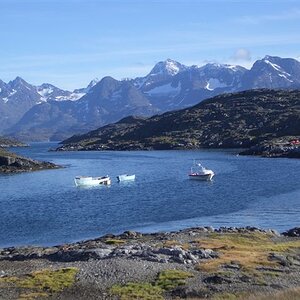Sometimes I want my camera to have a quick shutter speed in order to catch a quick action, but then pictures come out too dark.
Other times, I want my camera to have a long exposure for whatever the reason, then the pictures come out almost washed out with brightness.
How can I fix this problem while leaving alone the shutter speed?
Other times, I want my camera to have a long exposure for whatever the reason, then the pictures come out almost washed out with brightness.
How can I fix this problem while leaving alone the shutter speed?


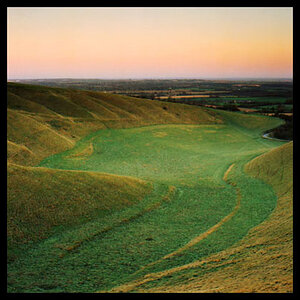
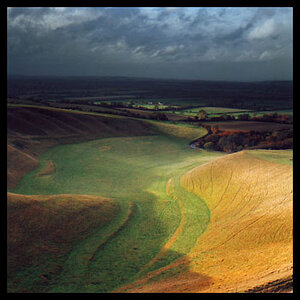
![[No title]](/data/xfmg/thumbnail/37/37138-63809b91a8061d61d48c541f18a69861.jpg?1619737885)
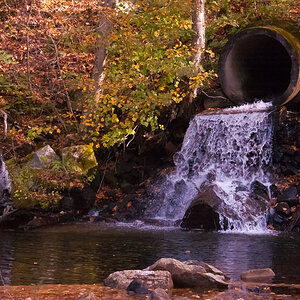

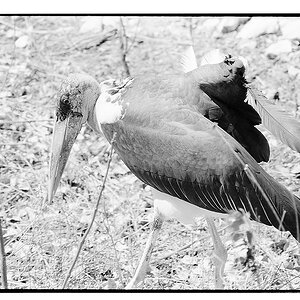
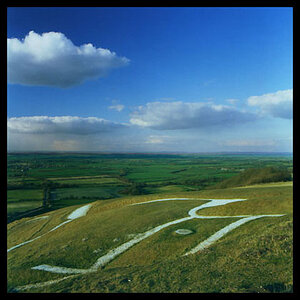
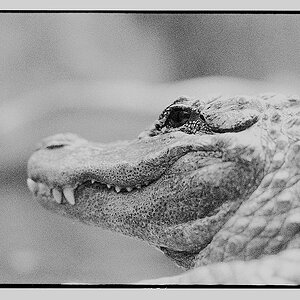
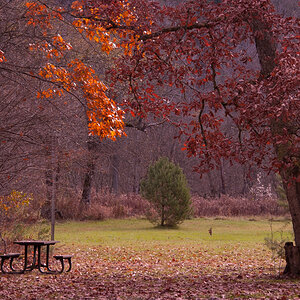
![[No title]](/data/xfmg/thumbnail/37/37137-43b5701b1efb7322c2c9fa6a1e30ccfa.jpg?1619737884)

